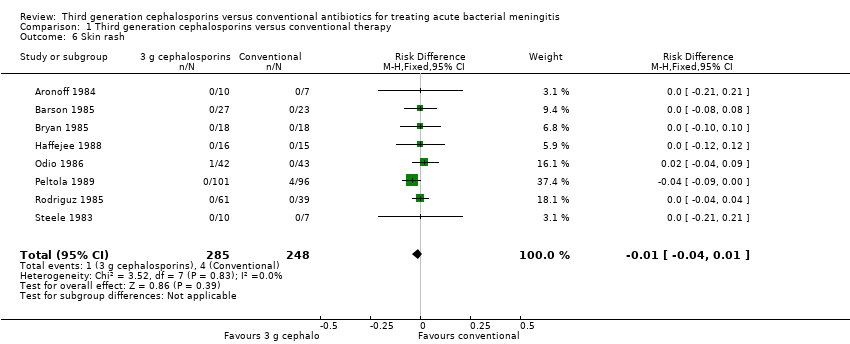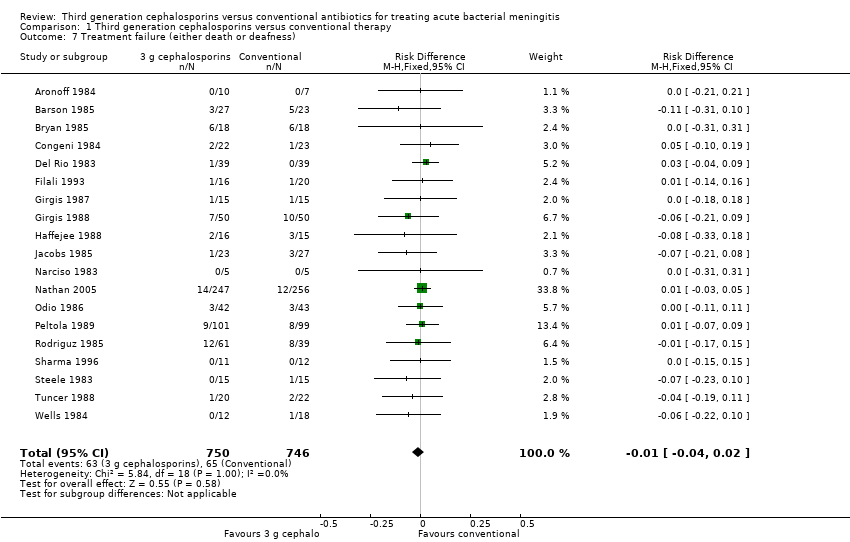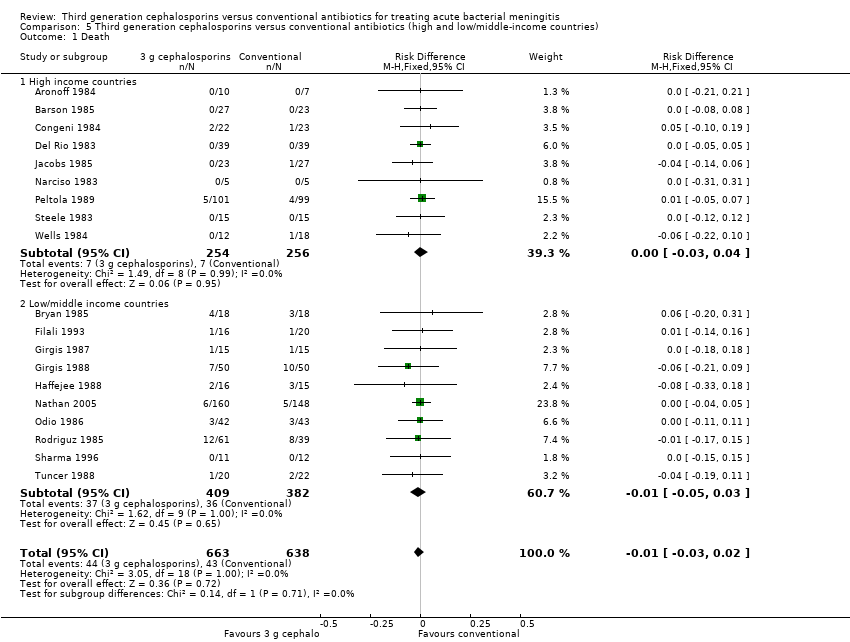Contenido relacionado
Revisiones y protocolos relacionados
Rakesh Lodha, Sushil K Kabra, Ravindra M Pandey | 4 junio 2013
Smita Pakhale, Sunita Mulpuru, Theo JM Verheij, Michael M Kochen, Gernot GU Rohde, Lise M Bjerre | 9 octubre 2014
Emma CB Wall, Katherine MB Ajdukiewicz, Hanna Bergman, Robert S Heyderman, Paul Garner | 6 febrero 2018
Márcia G Alves Galvão, Marilene Augusta Rocha Crispino Santos, Antonio JL Alves da Cunha | 29 febrero 2016
Matthijs C Brouwer, Peter McIntyre, Kameshwar Prasad, Diederik van de Beek | 12 septiembre 2015
Samantha J Gardiner, John B Gavranich, Anne B Chang | 8 enero 2015
Susan M Smith, Tom Fahey, John Smucny, Lorne A Becker | 19 junio 2017
Ludovic Reveiz, Andrés Felipe Cardona | 23 mayo 2015
Kate Hawke, David King, Mieke L van Driel, Treasure M McGuire | 13 diciembre 2022
Katarina Hedin, Sarah Thorning, Mieke L van Driel | 15 noviembre 2023

















